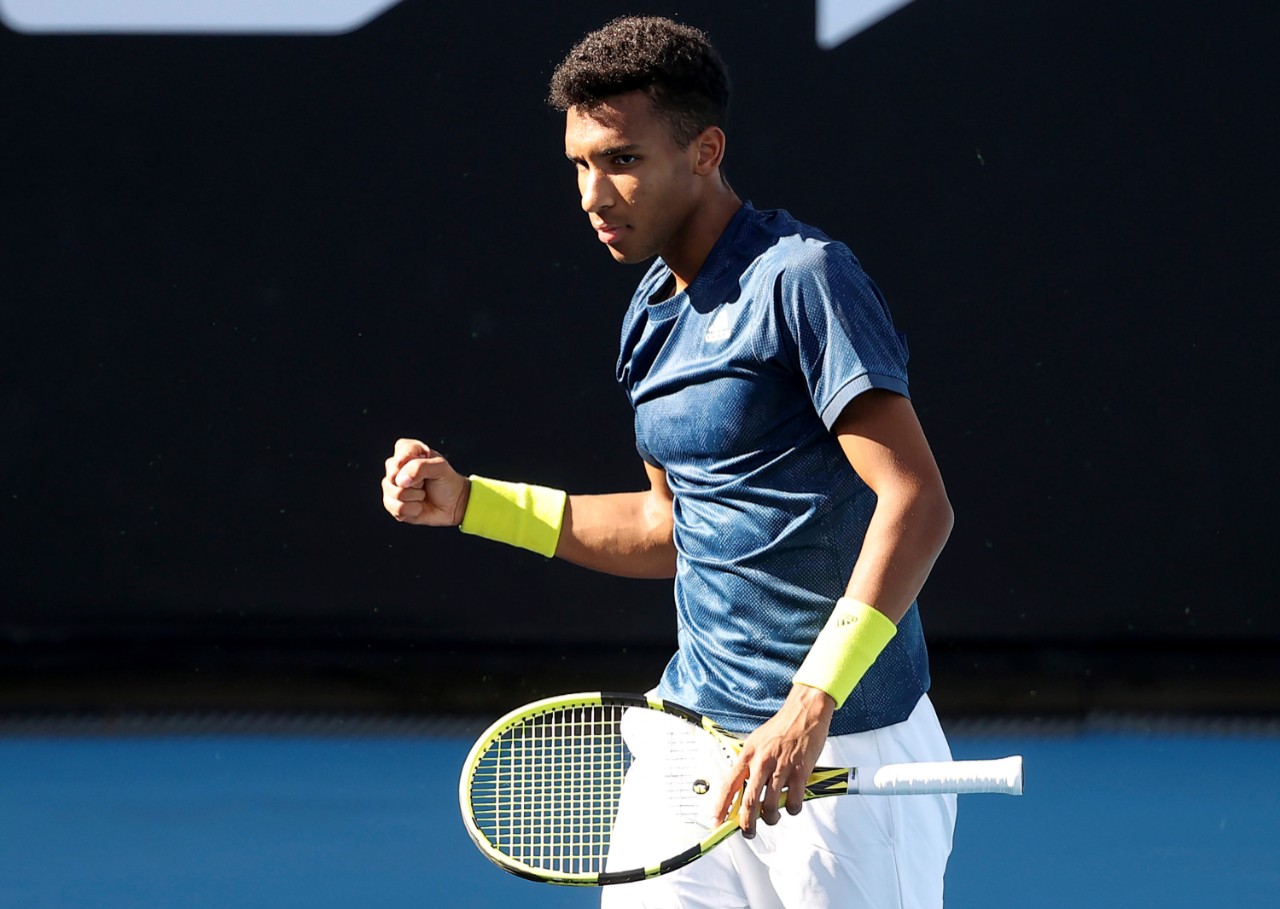Carlos Alcaraz and Iga Swiatek have dominated the competition in 2022, and a familiar refrain in analysis of both players is that they have no weakness. That’s not true. Everybody has a weakness. It’s just that their opponents failed to exploit it.
Both players have areas within their serves, technical and tactical, that could be improved. With a combined age still only under 40, there’s plenty of time.
Let’s take a look at where the opponents of Alcaraz and Swiatek missed their opportunities– and where players might use data as a primer heading into clay season.
Alcaraz Second Serve
The Spaniard only won 9 of 20 points on his second serve on his way to the Miami Open title. Alcaraz averaged 119 mph on his first serve and 100 mph on his second. Just for context, that’s about 8 mph slower than his opponent Casper Ruud, who is by no means a powerhouse.
But Carlos hit his first serve well– and rallied well off his first serve– hitting 71% in and winning 75% of the time. He also won the match by dominating Ruud with his tack-sharp return game. Alcaraz’s return rating was 167 compared with Ruud’s 123.
Perhaps sensing that he wasn’t doing well on second serve points, Alcaraz made sure to make first serves and control those points when he did.
Keep in mind that Rafael Nadal, the world leader in second serve points won, averages in the high 50’s in that metric. On clay, he goes up to the 60’s. So Alacaraz’s 45% probably won’t cut it against Nadal.
Swiatek Second Serve
Osaka had the returning day from hell against a so-so serve. This was because of a tactic players of every level all over the world are told to do: Attack a slow second serve.
During the pivotal first set, Osaka purposefully positioned herself several feet inside the baseline on Swiatek’s second serve, and Naomi missed the return– as in: didn’t even put the ball in play– a calamitous 5 times. That’s in addition to a few forgivable missed first-serve returns. And with that menacing return look Osaka gave? She had zero winners on 2nd serve return.
A missed second serve return has a lot in common with a double fault. It’s ok to have one or two, but if you miss too many, you’re only beating yourself.
If there’s a minor weakness in Swiatek’s game, it’s her serve. However, it’s really the first serve where she could do more. The new world #1 averages around 104 mph, placing it well. She’s only 14th on tour in total aces, but she’s played more matches than anyone. She excels on slower surfaces where a powerful serve is mitigated. At 5’9”, she could gain more pop off that first serve.
In this Miami Open championship match, in the first set, Iga put a pitiful 39% of first serves in. It’s really hard to believe she won the set with that. Osaka had 17 looks at second serves and only won 5 of them.
That said, unlike her first serve, Swiatek has an above average second serve. She typically hits a kick serve, which is what tripped up Osaka. The four-time Grand Slam champ might have opted to be more aggressive on the first serve, but standing several feet inside the baseline on a good kick requires almost superhuman timing. That aggressive return position just wasn’t the play. She’ll know next time.
In the second set, Osaka smartly moved her return position to behind the baseline, but Swiatek vexingly flipped the script and put 78% of first serves in play. The opportunity to make hay on the second serve was gone. Osaka cut her missed second serve returns to one missed and one winner, but it was too late.
Swiatek never faced a break point the entire match. To break this player on clay, her opponents are going to need to study Rafael Nadal and his return positions, which Osaka has already said she plans to do.















